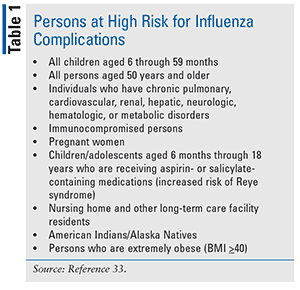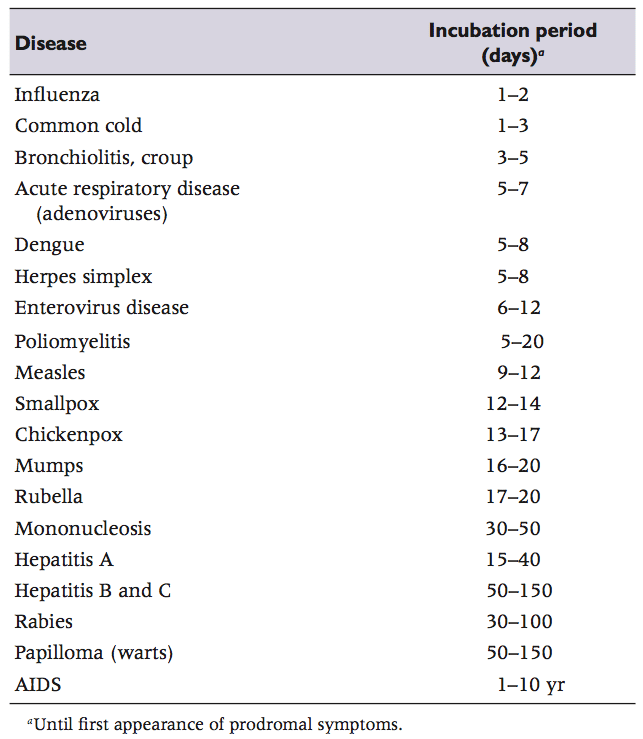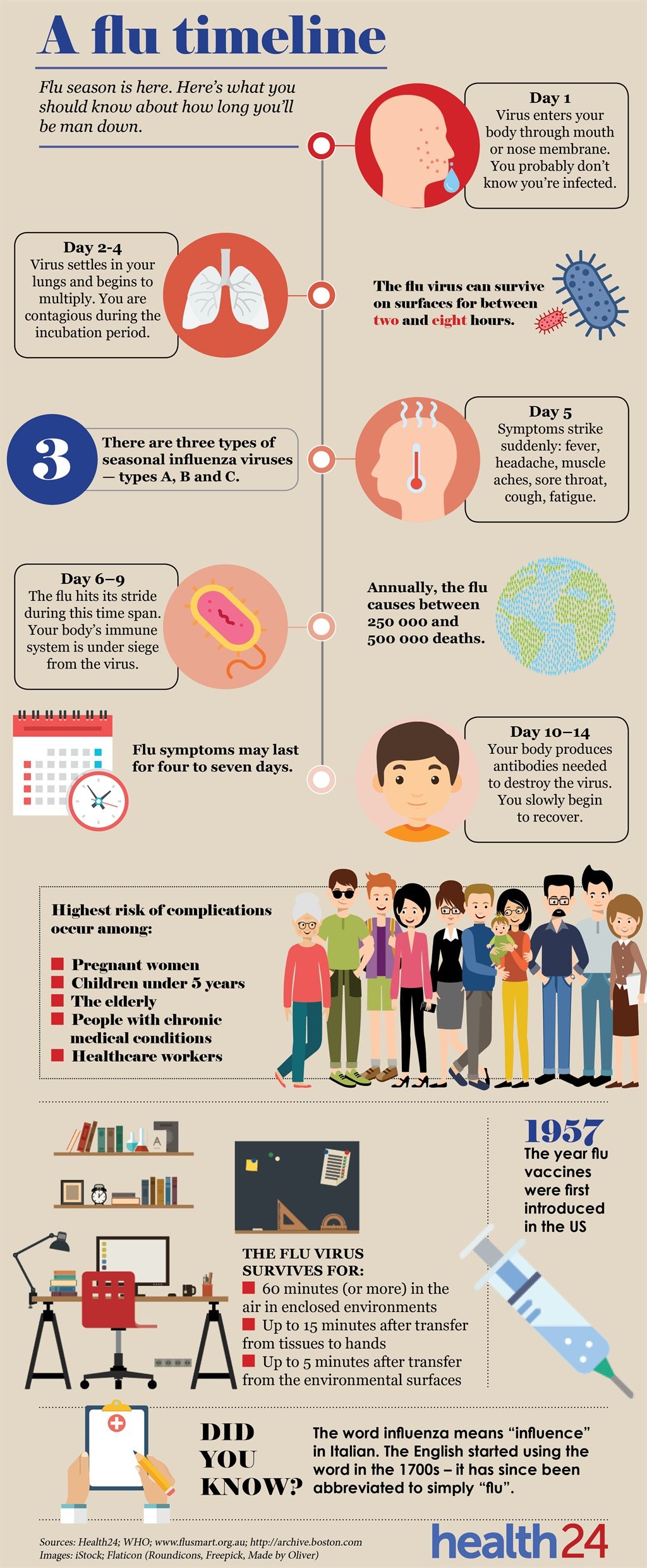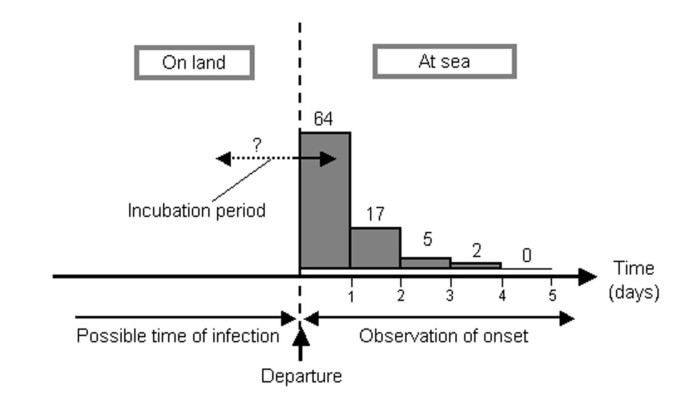Types A and B. Several things can influence how long the incubation period is for the flu including.
 What Is The Incubation Period For The Flu And When Is It Contagious
What Is The Incubation Period For The Flu And When Is It Contagious
Then you have a little headache.

Whats the incubation period for the flu. Some people such as older people young children and people with certain health conditions are at high risk of serious flu complications. Influenza flu is a contagious respiratory illness caused by influenza viruses. Incubation period is the time elapsed between exposure to a pathogenic organism a chemical or radiation and when symptoms and signs are first apparent.
For the novel coronavirus SARS-CoV-2 health officials estimate an incubation. However upper respiratory symptoms such as. Symptoms usually appear within one to two days of exposure.
Evidence of an incubation period twice as long as currently estimated is cause for concern among health authorities. There are two main types of influenza flu virus. Serious outcomes of flu infection can result in hospitalization or death.
It can cause mild to severe illness. The virus can remain in your stool for up to two weeks or more after recovery. Health care professionals and government officials use this number to decide.
In seasonal influenza the average incubation period is 2 days with a range of 1 to 4 days. Theres no exact time frame thats the same for every person with the flu but in general the CDC says that the incubation period of the flu can range between one and four days with the average. Children may shed virus for up to 2 weeks.
Virus can be detected in the upper airway for up to 1 day before symptoms start and around 35 days after illness finishes in adults. Some routes of. The World Health Organization WHO note that the typical incubation period for the flu is about 2 days but that it can range from 1 to 4 days.
Rhinoviruses cause most colds. Incubation period refers to the time between exposure to a bacteria or virus and the development of symptoms. The incubation period for a virus is the time between catching the virus and showing symptoms of disease.
Some patients may be contagious for a longer time span. The incubation period is the number of days between when youre infected with something and when you might see symptoms. The incubation period of influenza is 2 days long on average but may range from 1 to 4 days in length.
The disease lasts about three to seven days with more serious infections lasting about nine to 10 days. Coming into contact with a larger amount of virus. Limited data on the incubation period suggest that illness onset occurs 7 days after the last exposure to sick or dead poultry 1 4.
This refers to the way the virus enters your body. The incubation period for the disease is about one to four days. In a typical infectious disease the incubation period signifies the period taken by the multiplying organism to reach a threshold necessary to produce symptoms in the host.
A longer incubation period would have drastic consequences. Thats the incubation period. Ascertainment of the incubation period for influenza virus H5N1 is important to define exposure periods for surveillance of patients with suspected influenza virus H5N1 infection.
So if you are exposed today you probably wont have any symptoms for three to five days. Although you typically feel better after a day or two youre contagious for a few days after you recover. This is the amount of virus youve been exposed to.
Swine flu is contagious about one day before symptoms develop to about five to seven days after symptoms develop. The incubation period for influenza is usually 2 days but ranges from 1 to 4 days. The incubation period of a cold is typically between one and three days.
In the case of swine flu H1N1 influenza virus the incubation period varies between 1 and 4 days. For the flu it is about two to five days. Among young children with influenza nausea vomiting or diarrhea may also occur with respiratory symptoms.
The incubation period for cold symptoms is usually 23 days after an individual is exposed to the virus. Uncomplicated influenza signs and symptoms typically resolve after 3-7 days for the majority of people although cough and malaise can persist for 2 weeks especially in elderly people and those with chronic lung disease.
/770308-article-flu-incubation-period-011-5a58d4e54e46ba003782a6a2.png) How Long Is The Flu Contagious
How Long Is The Flu Contagious
 Probability Density Functions Of The Incubation Period And Generation Download Scientific Diagram
Probability Density Functions Of The Incubation Period And Generation Download Scientific Diagram
 The Incubation Period Of A Viral Infection
The Incubation Period Of A Viral Infection
 See How Long The Flu Virus Lasts In Your Body Health24
See How Long The Flu Virus Lasts In Your Body Health24
 Estimating Influenza Latency And Infectious Period Durations Using Viral Excretion Data Sciencedirect
Estimating Influenza Latency And Infectious Period Durations Using Viral Excretion Data Sciencedirect
 Flu Incubation Period Express Medical Supplies
Flu Incubation Period Express Medical Supplies
 Early Efforts In Modeling The Incubation Period Of Infectious Diseases With An Acute Course Of Illness Emerging Themes In Epidemiology Full Text
Early Efforts In Modeling The Incubation Period Of Infectious Diseases With An Acute Course Of Illness Emerging Themes In Epidemiology Full Text
 Estimated Epidemiologic Parameters And Morbidity Associated With Pandemic H1n1 Influenza Cmaj
Estimated Epidemiologic Parameters And Morbidity Associated With Pandemic H1n1 Influenza Cmaj
 Flu Symptoms Treatment Contagiousness And Do I Have It
Flu Symptoms Treatment Contagiousness And Do I Have It
Figure S1 The Incubation Period Distributions Of Pandemic Influenza Download Scientific Diagram
 Probability Density Functions Of The Incubation Period And Generation Download Scientific Diagram
Probability Density Functions Of The Incubation Period And Generation Download Scientific Diagram
 Tis The Season A Focus On Influenza
Tis The Season A Focus On Influenza

No comments:
Post a Comment
Note: Only a member of this blog may post a comment.